I can achive Plotting multiple maps with ggmap which is also possible with faceting as described in Kale & Wickham (2013) R Journal paper. But I would like to plot a multiple series of maps that pan around particular, zoomed areas of the city. This is sort of achievable if I look at the city coordinates obtained with geocode() function and roughly figure out what I need to subtract or add from longitude/latitude on each side of pan the view. Such solution is far from ideal. Let me illustrate with an example (note: multiplot function used from Cookbook For R).
library(ggmap)
library(RgoogleMaps)
#getting Bristol lat/long
BRS <- geocode("Bristol, UK")
#get the first (central) map from the coordinates
BristolMapCenter <- ggmap(get_map(c(lon=BRS$lon, lat=BRS$lat), zoom = 15))
#get the second map panned to the right by adding approx. 0.015 to longitude
BristolMapRight <- ggmap(get_map(c(lon=BRS$lon+0.015, lat=BRS$lat),zoom = 15))
#multiplot function
multiplot(BristolMapCenter, BristolMapRight, cols=2)

As you can see this is far from ideal as there is overall (I don't want overlap, I want "lined up continuation"), if not to say clunky, especially if I want to get a larger panning of the surrounding areas (lets say 9-12 maps), do it for multiple cities, plot some data on the top of it, and still have enough time in my life to grab a pint on the sun. So I wonder if there is any fast, sleek and automatic way to get those panned maps based on specific central coordinates?
